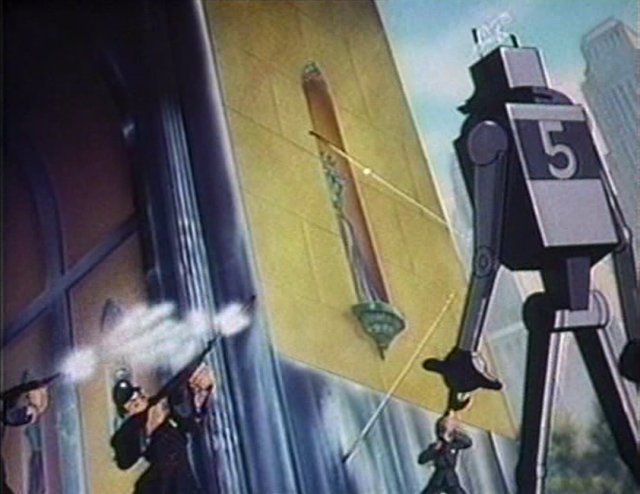Years ago Isaac Asimov developed the “Three Laws of Robotics” to govern the behavior of robots. Do we need something similar for 3D printing?
But first, what the heck are the “Three Laws of Robotics”? They were first published in 1942 by Asimov in a short science fiction story. The Laws re-appeared in many of Asimov’s stories, as he explored the nature of human relationships with robots. The three laws are:
- A robot may not injure a human being or, through inaction, allow a human being to come to harm.
- A robot must obey the orders given to it by human beings, except where such orders would conflict with the First Law.
- A robot must protect its own existence as long as such protection does not conflict with the First or Second Law.
Given that 3D printers are actually a form of robot, it may seem appropriate to specify a similar set of laws related to 3D printing. However, Asimov’s laws were targeted at self-aware robots, unlike the “dumb” 3D printing robots we so often find ourselves using. Nevertheless, the goals can be much the same. Our laws:
- A 3D printer may not injure a human being through its own actions
- A 3D printer must reliably execute the commands sent to it by its operators, so long as it does not conflict with the first law
- A 3D printer must protect itself from harm, except where such protection conflicts with the First or Second Law
Yes, they’re very similar to Asimov’s, but they should be. 3D printers ARE robots. They just aren’t self-aware, at least yet. But let’s think about what these laws could mean.
The First Law suggests 3D printers should be designed to be safe. They should not cause harm to not only their operator, but also anyone else. This means not emitting toxic substances, avoiding mechanical pinches and burns. While many 3D printers today can indeed inflict such injuries, there is no reason that machines cannot be made a lot safer for everyone.
The Second Law suggests 3D printers should have a consistent expectancy of successful 3D printing. This means software that generates instructions for 3D printers should produce code that works every time. Machines should be designed to work without operator calibration or leveling. They should just work.
Finally, our Third Law suggests 3D printers should not break several times per year, requiring poor consumers to become electronics technicians to repair them. They should use effective and durable components that last and designed in a way that doesn’t promote breakage.
Ok, this has been a bit whimsical, but there is a serious point here. Personal 3D printer machine design should be improved. It’s been five years since they appeared en masse, and while we’ve seen many improvements, there are more to do. Maybe manufacturers could use Three Laws to assist the design of their new models.
Image Credit: Wikipedia


